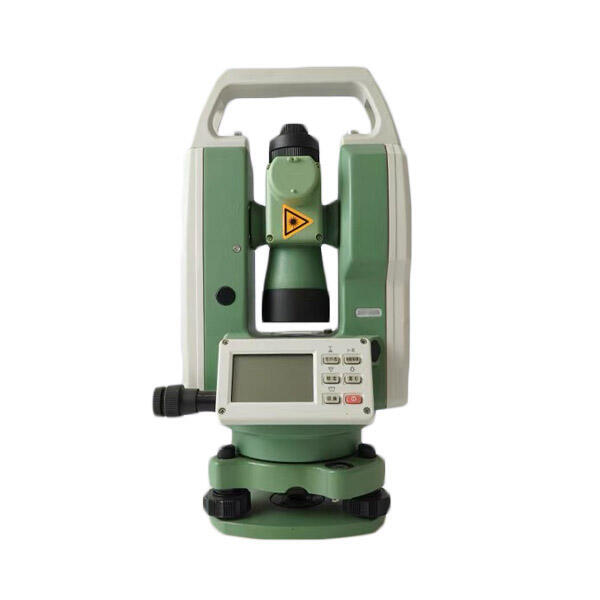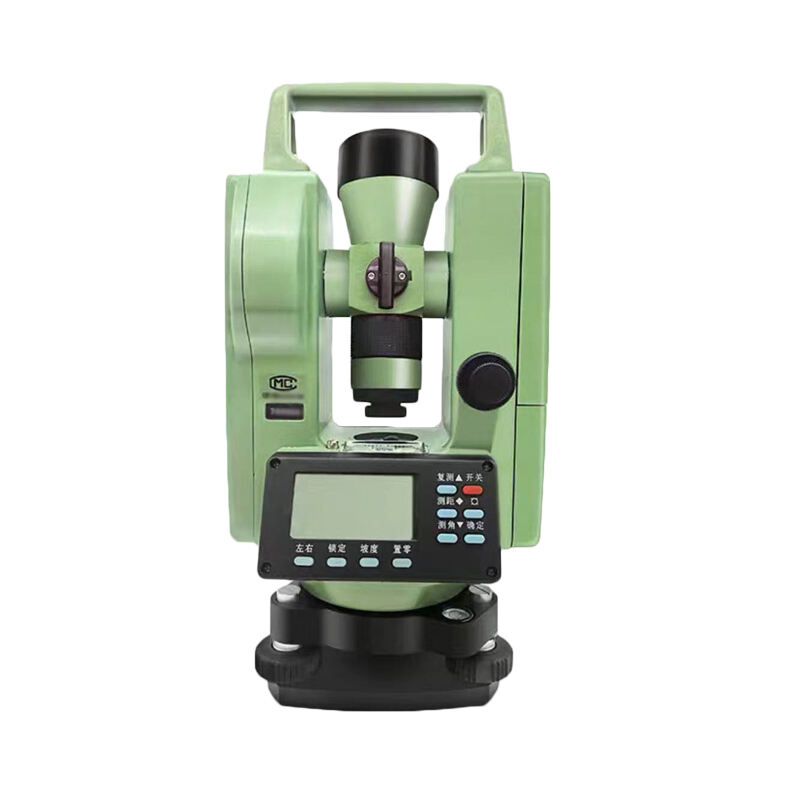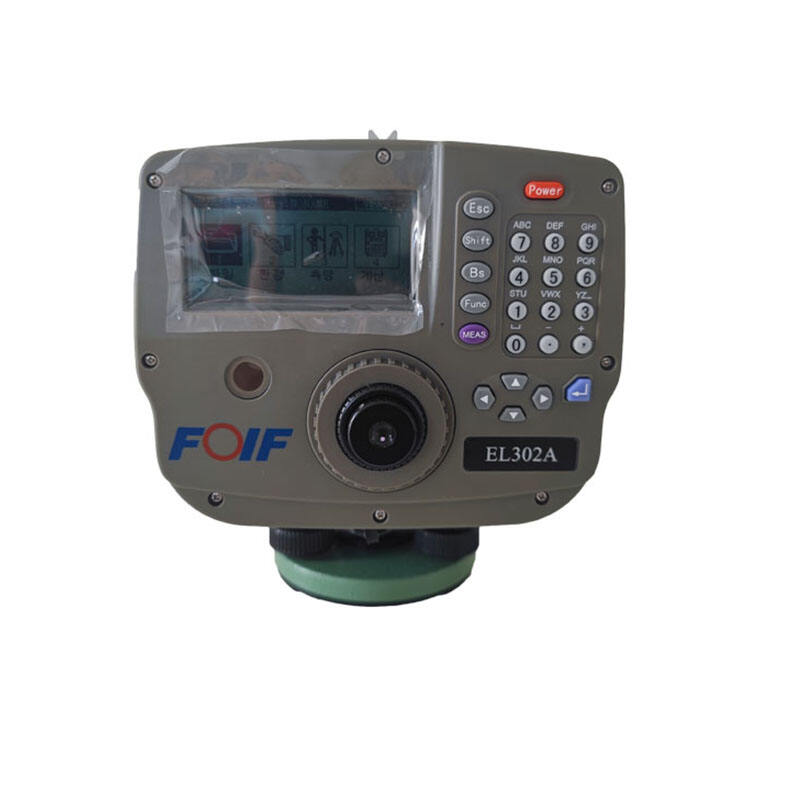digital theodolite in surveying
A digital theodolite represents a revolutionary advancement in modern surveying technology, combining precision measurement capabilities with digital accuracy. This sophisticated instrument measures both horizontal and vertical angles with exceptional precision, typically achieving accuracy levels of 1 second of arc or better. The device features an electronic display that shows measurements in real-time, eliminating the need for manual reading of graduated circles. Modern digital theodolites incorporate electronic angle sensors, microprocessors, and digital displays, enabling surveyors to capture, store, and process measurement data efficiently. The instrument's core components include a telescopic sight, precise angle measurement systems, and electronic levels for ensuring accurate setup. Many models also feature built-in data storage capabilities, allowing measurements to be recorded and later transferred to computers for analysis. Digital theodolites find extensive applications in construction layout, topographic surveying, building monitoring, and infrastructure development. The integration of digital technology has significantly reduced human error in measurements while increasing the speed and efficiency of surveying operations.


